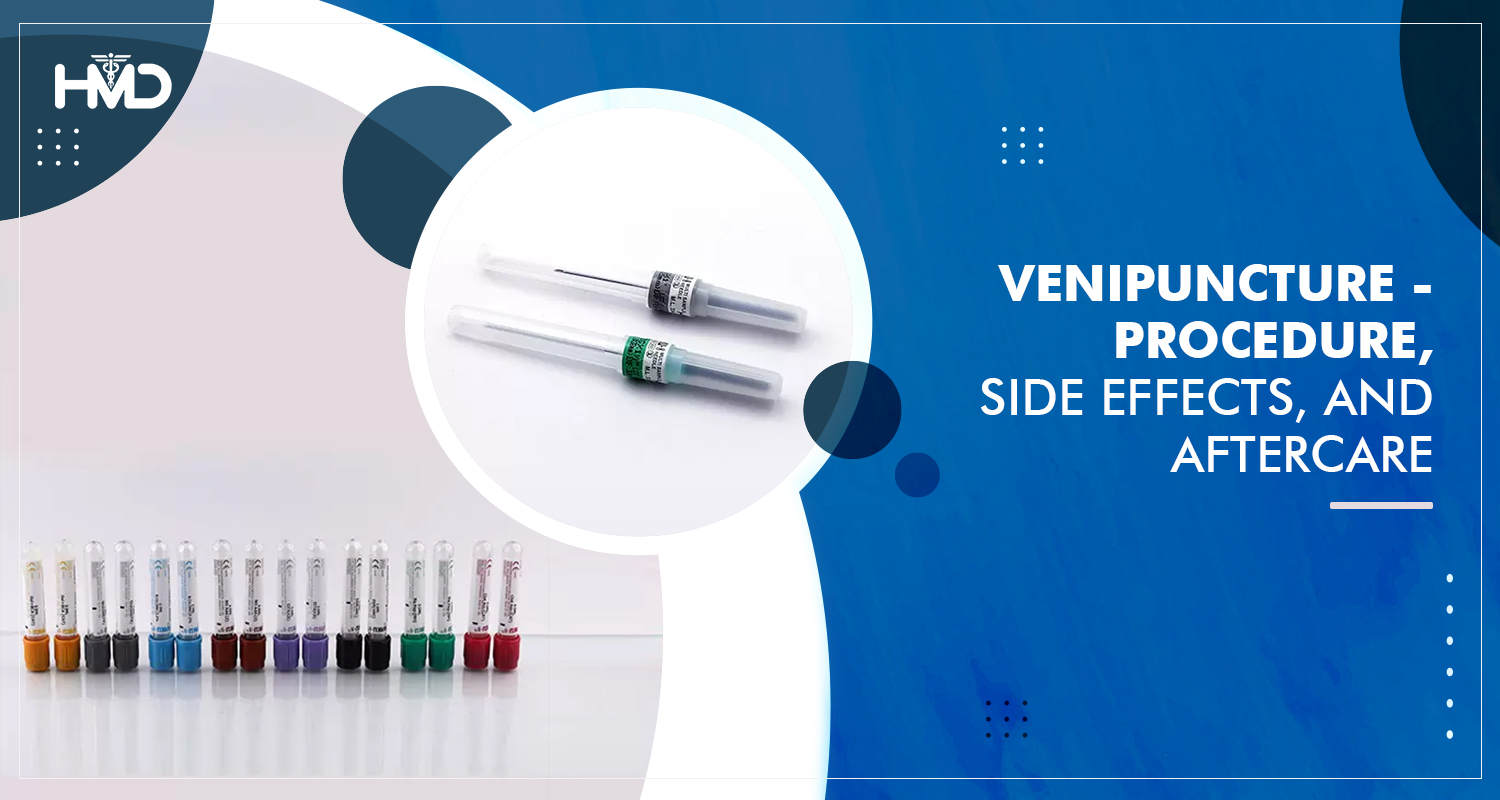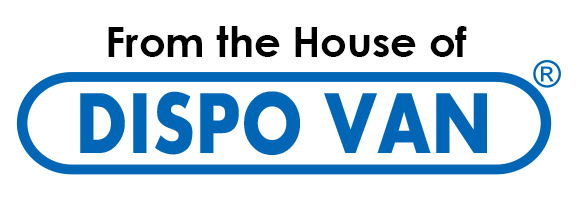

Venipuncture, in simple words, refers to the collection of blood from a vein with the help of a needle. Although venipuncture is fairly common, the procedure is somewhat complex, requiring both skill and knowledge to perform. Every phlebotomist – a medical professional who performs the procedure – generally forms a routine that is comfortable for her/him. Venipuncture is performed for a variety of reasons, including for acquiring blood samples for diagnostic purposes, monitoring levels of blood components, and for collecting blood for later uses, such as for blood transfusion. It is also carried out for intravenously administering medication and nutrition.
The Procedure
Several essential steps are required for a successful blood collection. The ten general steps involved are as follows:
- The patient is made to sit comfortably and explained the procedure of blood withdrawal.
- The phlebotomist carries out hand hygiene using soap and water or hand sanitizer and wears gloves.
- The tube is labelled with the patient’s details.
- The tourniquet is applied approximately 3-4 inches above the selected puncture site. The patient is asked to form a fist.
- A vein is identified and the area cleaned off with an alcohol wipe.
- A small, hollow needle is swiftly inserted into the vein at a 15-30 degree angle with the surface of the arm. Blood should be visible coming through the needle and into a collection tube.
- The tourniquet is removed when the required amount of blood is drawn.
- The needle is removed from the patient’s arm and gentle pressure is applied on the venipuncture site with dry gauze.
- The contaminated materials including needles are disposed of in designated containers.
- The appropriate tubes are labelled and blood specimens promptly transported to the laboratory.
Side Effects
Venipuncture usually causes minimal side effects. But it is possible for patients to experience some of the following:
Minor side effects
Minor bruising and hematoma, rash and skin irritation, soreness, and lightheadedness.
Serious side effects
Cellulitis or bacterial infection of the skin, Phlebitis or inflammation of the vein, Diaphoresis or abnormal sweating, Hypotension or low blood pressure, and syncope or temporary loss of consciousness.
If a patient experiences any symptoms that do not subside or are out of the ordinary, he/she must immediately see a doctor.
Aftercare
In order to reduce the chances of side effects and feel better after a blood draw, patients may follow these simple steps:
- Keep the dressing strip or bandage in place for four to six hours after the venipuncture.
- Refrain from engaging in strenuous exercise which could stimulate blood flow and cause bleeding from the site.
- Avoid clothing that is tight or restrictive on the arm.
- Apply an ice pack to the arm or hand if there is bruising or soreness at the puncture site.
- Eat energy-dense foods such as nuts, cheese, and crackers.
The proper drawing of blood samples is integral to an accurate diagnosis of our health. Therefore it is important to use blood collection apparatus that is precise, durable, and sterile. Blood collection sets by Hindustan Syringes & Medical Devices (HMD) Ltd., one of the top five manufacturers of medical equipment in the world, cause minimal pain and are known for their precision and ease of use. HMD’s blood collection products include affordable and high-quality needles, tubes, and winged infusion sets under its proprietary brand – Vaku 8. Manufactured using latest technology, HMD’s blood collection sets are designed to ensure a safer and superior venipuncture procedure.

